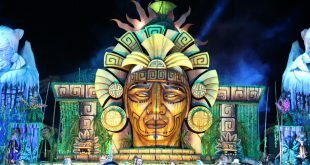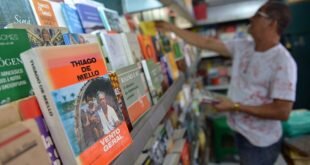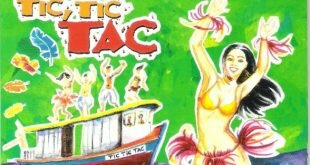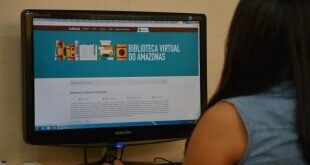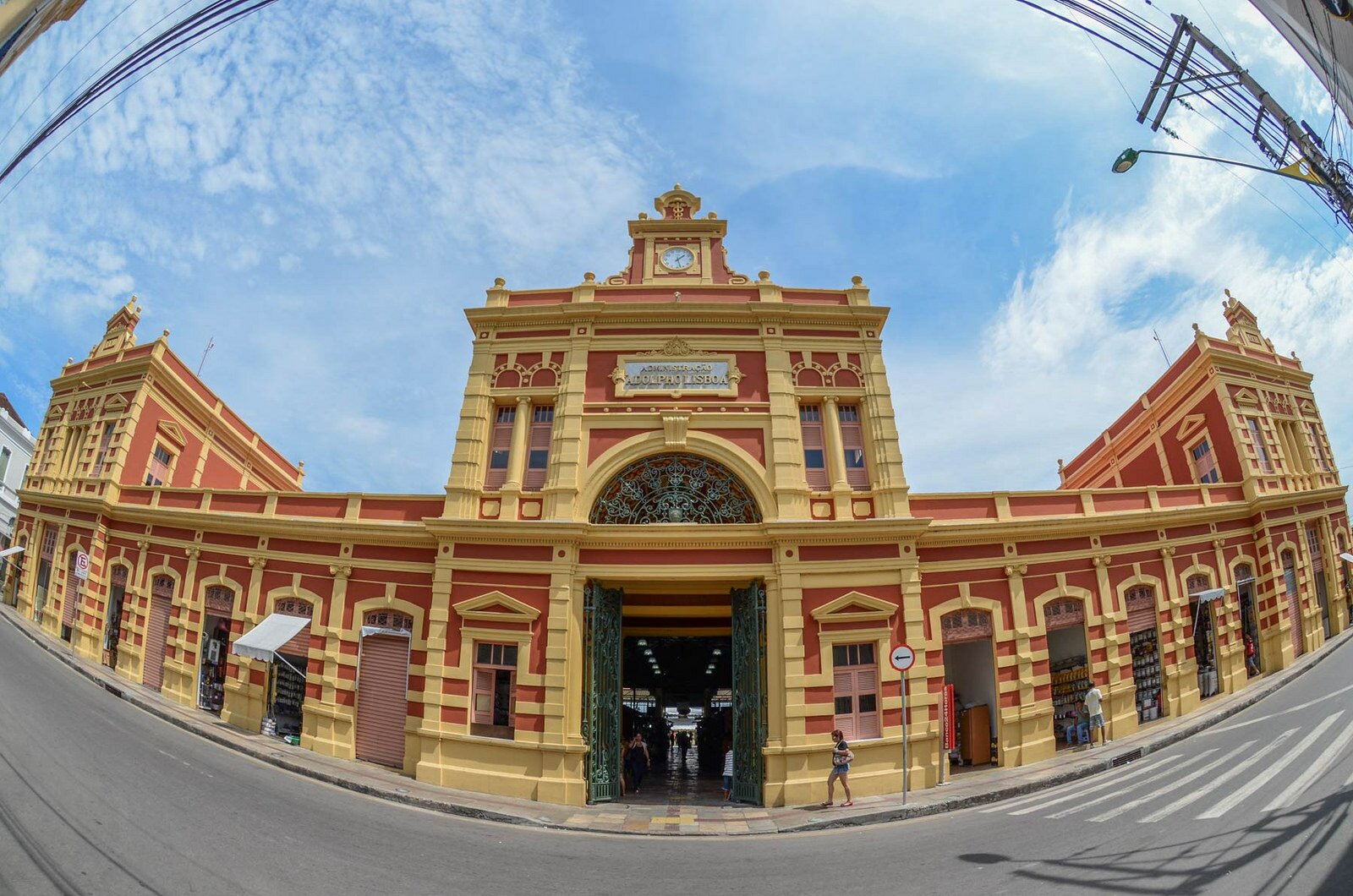
The Adolpho Lisboa Municipal Market, in Manaus, was built during the rubber boom period. As one of the main examples of iron architecture without similar in the world, it was listed as a material heritage site in 1987 by Iphan.
O Cultural Heritage can be defined as an asset (or assets) of a material or immaterial nature considered important to the identity of Brazilian society.
According to article 216 of the Federal Constitution, the heritage includes "the forms of expression; the ways of creation; the scientific, artistic and technological creations; the works, objects, documents, buildings and other spaces destined for artistic and cultural manifestations; as well as urban sets and sites of historical, landscape, artistic, archaeological, paleontological, ecological and scientific value."
In Brazil, the Institute for National Historical and Artistic Heritage (Iphan) is responsible for promoting and coordinating the process of preserving and valuing the Brazilian Cultural Heritage, in its material and immaterial dimensions.
The intangible cultural assets are related to knowledge, skills, beliefs, practices, and people's way of being. Thus, the following can be considered intangible assets: knowledge rooted in the daily life of communities; literary, musical, plastic, scenic, and recreational manifestations; rituals and festivals that mark the collective experience of religiosity, entertainment, and other practices of social life; in addition to markets, fairs, shrines, squares, and other spaces where cultural practices are concentrated and reproduced.
The list of Brazilian intangible assets includes the festival of the Círio de Nossa Senhora de Nazaré, the Caruaru Fair, Frevo, capoeira, the artisanal way of making Queijo de Minas cheese, and the Samba matrixes in Rio de Janeiro.
The material heritage is formed by a set of cultural assets classified according to their nature: archaeological, landscape and ethnographic; historical; fine arts; and applied arts. They are divided into immovable assets - urban centers, archeological and landscape sites, and individual assets - and movable assets - archeological collections, museum, documentary, bibliographical, archival, video, photographic, and film collections.
Among the Brazilian material goods are the architectural groups of cities such as Ouro Preto (MG), Paraty (RJ), Olinda (PE) and São Luís (MA) or landscape groups, such as Lençóis (BA), Serra do Curral (Belo Horizonte), Grutas do Lago Azul and Nossa Senhora Aparecida (Bonito, MS) and Corcovado (Rio de Janeiro).
 Manaus Ágil tourism and culture of Amazonas
Manaus Ágil tourism and culture of Amazonas